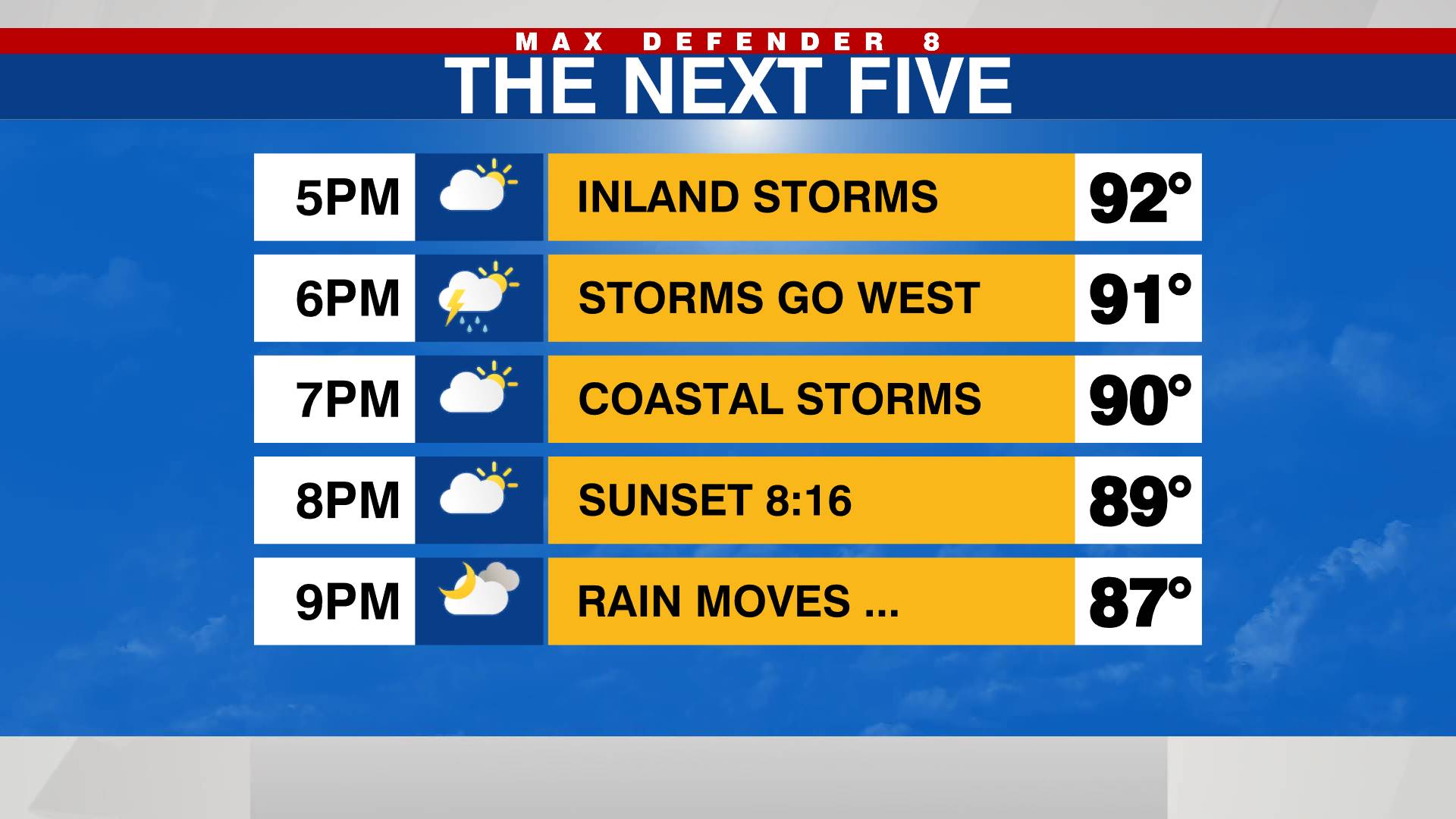MANATEE COUNTY (WFLA) – Up to 28 million gallons of raw sewage is estimated to have spilled out of a broken pipe that runs under Sarasota Bay from Longboat Key to the Manatee County Wastewater Treatment Facility between June 17 and June 30 when officials say it was repaired. The break in the pipe was located on wetlands about 100 yards inland from the bay.
Over the last several days, algae blooms have started forming across different parts of Manatee County.
Homeowners who live along Palma Sola Bay say a thick layer of muck started accumulating. Now, it’s massive and smells like a toilet.
“This morning when there was no breeze, it just smelled like human waste,” said Peter Hoyt.
Hoyt and his wife tried contacting officials to get the water tested, but had no luck because of the holiday.
“It’s a three-day weekend and there is nobody working, nobody to test the water, nobody to tell people not to swim in it or warn people about the debris. It is just not healthy,” Hoyt said.
Founder of Suncoast Waterkeeper, Justin Bloom, says he’s been receiving multiple pictures and videos of algae blooms around the area following the massive sewage spill. He says the blooms are an indicator of poor health of the waterway.

“I think it is pretty easy to connect the dots between some significant inputs of sewage into the bay and the emergence of a significant algae bloom. I don’t know, but I would suspect that the two are related,” Bloom said.
As people plan to head out into our local waterways for the holiday weekend, Bloom suggests they think twice.
“Avoid it. It is a cyanobacteria, it is an algae bloom that is toxic. I wouldn’t touch it, I wouldn’t get near it, I wouldn’t let your animals get near it. I don’t know all the specific health impacts and risks of it, but I know that it is not good for you,” he said.
Suncoast Waterkeeper conducted tests near the site of the sewage spill this week. Samples came back on Thursday.
“The sample at the shoreline closest to the spill site was extremely high – 19863 CFUs per 100ML of bay water. Above 70 is considered dangerous for human contact and would trigger a beach closure,” said Bloom. “Further out in the bay, but still near the site, our second sample came back at only 31, which is considered safe.”














